
Our story
History
Discover our story
Chiaravalle Abbey
Find out more
History
A journey spanning 1000 years, through traditions, innovations, and recognitions.

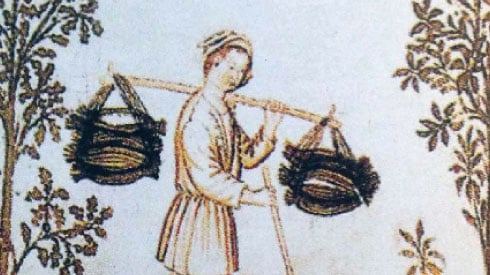
In 1000 A.D.
During the Middle Ages people were at the mercy of the environment and had to adapt fast to survive.

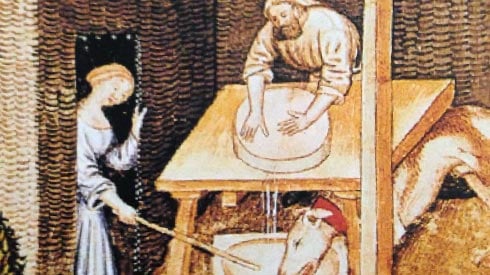
Food preservation methods
Food preservation techniques (such as sun-drying and salting) were limited and still very much undeveloped, so a large majority of food would deteriorate rapidly.
Milk needed on the day of milking and fresh cheese didn’t last much longer than a day.

It would have been a shame to waste one of the most nutritious foods available in Middle Ages. Thus, they needed to find a way to be able to preserve the milk for longer periods.

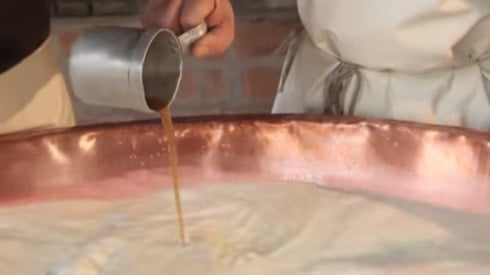
“Cum grano Salis”
The result was a hard cheese, the flavour of which developed and matured with time, preserving the nutritional properties of the milk and the precious raw material from which it was made.

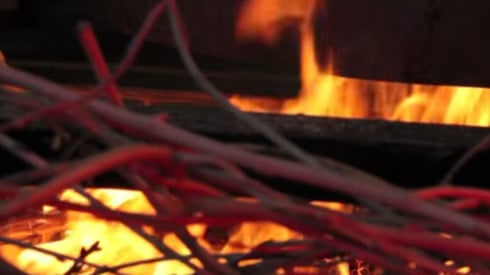
This rough,

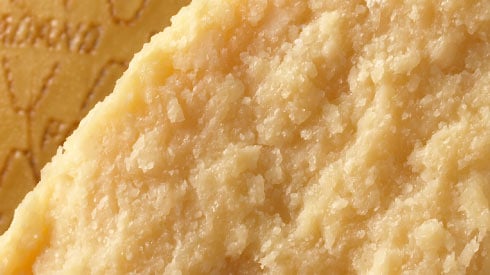
“Formai de grana”,
Every area produced its own “grana”, so the name varied according to its geographical origin. Among the most commonly mentioned, the “grana milanese”, from Milan, the “piacentino” (Piacenza), the “mantovano” (Mantua) and the “lodesano” (Lodi) regarded by many as the oldest.

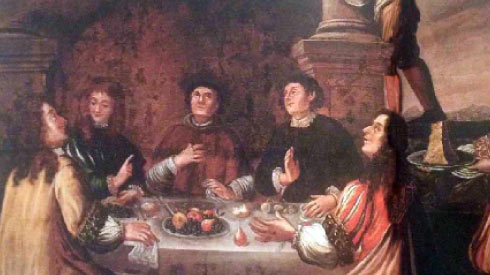
Dukes, marquises and…
Among the historical records mentioning the cheese, there was a letter from Isabella d’Este, the spouse of Francesco II Gonzaga and Marquess of Mantua. In 1504, Isabella sent the renowned cheese as a gift to her relatives, the Dukes of Ferrara.

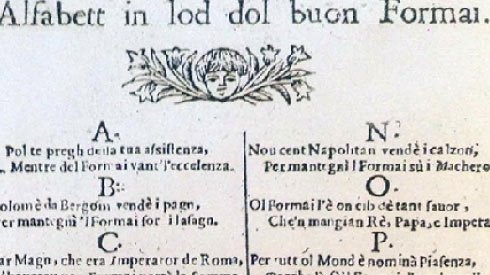
The folk tradition
Grana Padano came to represent an entire culture as it was appreciated by everyone, regardless of economic and social standing. It was highly valued by both the rich and noble, who became accustomed to a rather elaborate and refined cuisine, unlike the poor, whose daily recipes were much more simple and traditional in comparison.

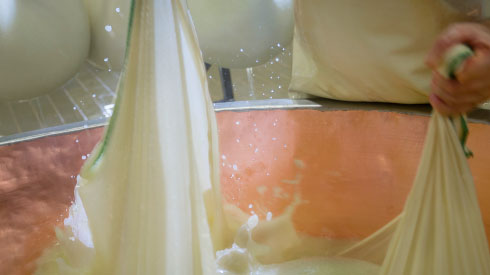
As time goes by
The production technique of “grana” has been handed down, remaining faithful to its traditional process, which is still being used to this day. This process continues to ensure that this unique cheese maintains its fragrant qualities and its appeal which has made it famous worldwide.

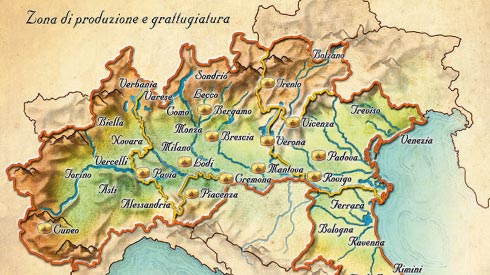
A matter of identity
As the gastronomical culture and food practices continue to evolve with time, there is an ever growing need to clearly identify the characteristics and peculiarities of our ancient tradition and specific production techniques.
The decision was made to turn the generic name of a traditional cheese, into its very own name, thus making the cheese truly unique.
From then on, the term “Grana Padano” would identify only a particular cheese produced in a designated geographical area, using specific raw materials and techniques, and following step-by-step procedures.

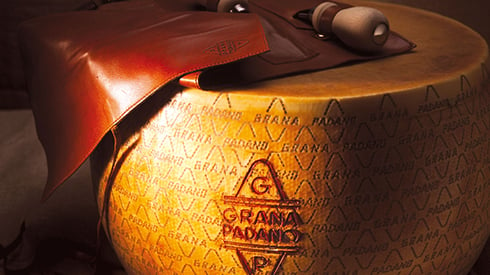
1951
On the 1st of June in Stresa, Piedmont, on the shores of Lake Maggiore, workers and technicians of the European cheese-making industry signed an agreement defining the rules of the official denomination of cheeses and the identification of their specific features.
That day, the experts distinguished two different types of the “Grana Lodigiano” cheese. Today they are now identified as Grana Padano and Parmigiano Reggiano.

1954

1955

In 1957

1976


1996
The European Union assigned Grana Padano the DOP status (or PDO in English: Protected Designation of Origin). Following this recognition, in addition to the approval of the Protection Consortium and the Italian Ministry of Agriculture, an external certification company, CSQA, was appointed to ensure that every single Grana Padano wheel is made to the exact specifications required.

From 2002 until today
Between 2002 and 2017, the role of the Grana Padano Cheese Protection Consortium has been renewed, reviewed, and expanded.
The seal of approval from the Ministry of Agriculture and Forestry allows the Consortium to operate up until December 31st, 2054.


Chiaravalle Abbey
The magical place where it all began: this is where Grana Padano was born.

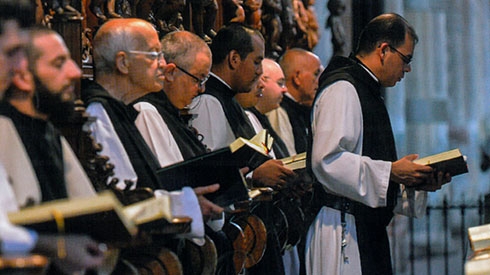
The community of the Cistercians
The Cistercians
Read more

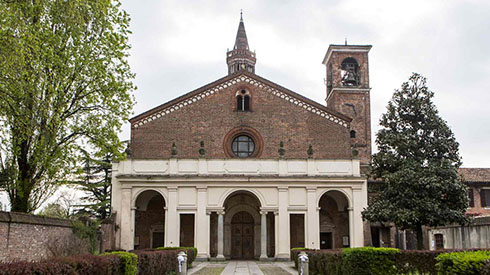
The façade of Chiaravalle Abbey in Milan
The Church
Read more

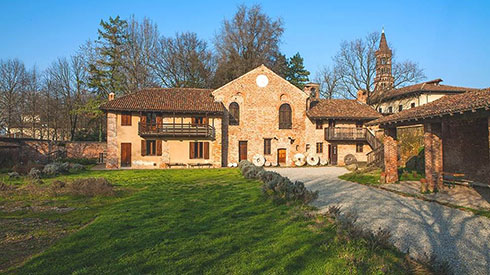
Chiaravalle Mill
The Mill
Chiaravalle Mill was built in the 12th century (the first document that certifies its existence and use dates back to 1238). The original oak wheels, moved by the waters of the Vettabbia canal, have since been lost. The granite millstones would move, milling the grains which were then collected in the basins still conserved on the ground floor.
Read more

Chiaravalle Abbey and its mill

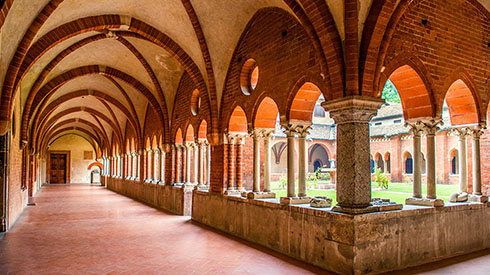
View from the Chiaravalle Abbey cloister in Milan
The Cloister
Read more

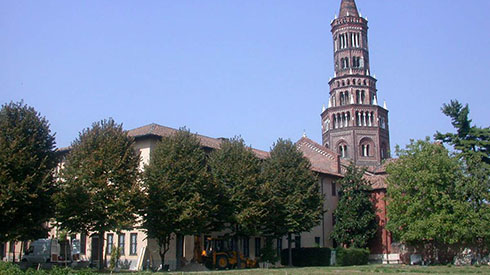
Lantern tower of Chiaravalle Abbey in Milan
The Bell Tower
It is composed of three bodies, one on top of another in an octagonal layout, each comprising three floors.
The walls are interspersed by hanging arches, double lancet windows small loggias on columns, and the tower ends in a conical spire.
Read more

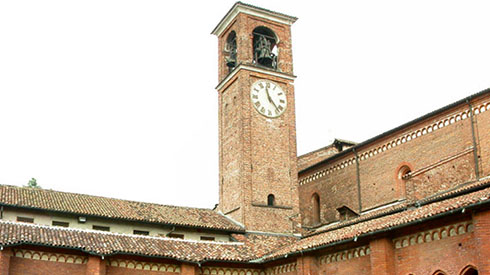
Clock tower of the Abbey of Chiaravalle
The Clock Tower
The clock tower pales somewhat into the background when compared to the bell tower. However, its history is extremely interesting.
The original tower dates back to 1368 and Leonardo da Vinci mentions it in the Atlantic Code.
According to this source, the tower interior hosted “The clock of the Chiaravalle tower, displaying moon, sun, hours and minutes”. It was an astronomical clock, designed according to the geocentric theories popular at the time, which indicated the hours, minutes and the movement of the sun and moon on different faces.
According to some sources, in the early 19th century, the clock was still present on the tower even if it was damaged by the pillages of the French at the end of the 18th century. No further traces of it have been found since.
The current clock dates to the middle of the 19th century (1826) while the five bells inside the tower can be dated to the early 20th century. The bells of Chiaravalle Abbey, which are rung manually, are dedicated to the Holy Angels of God, the deceased followers, St Peter the Apostle, the Blessed Virgin of the Holy Rosary and the Sacred Heart of Jesus.

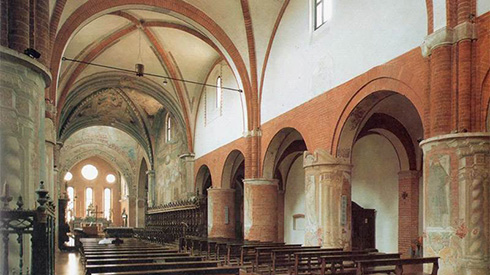
Indoor naves of Chiaravalle Abbey
The Abbey Interior
The interior of the church presents a Latin cross layout, with transept and apse in a straight line as well as a structure with three naves, separated by rounded arches supported on cylindrical pillars, without capitals. The central nave is the largest one and it is composed of four aisles, while the naves at the side are divided into eight aisles. The presbytery is square and hosts the main altar (1689) and the abbot’s pulpit carved in 1576 by Gottardo. It features Our Lady of the Milk in the central panel and the two saints, Benedict and Bernard in the ones at the sides. Instead, the choir is located level with the fifth aisle of the central nave. It was made by Carlo Garavaglia, master of the Baroque period (1645-1649), in walnut wood, while the panels in the back benches depict Episodes in the life of St. Bernard.

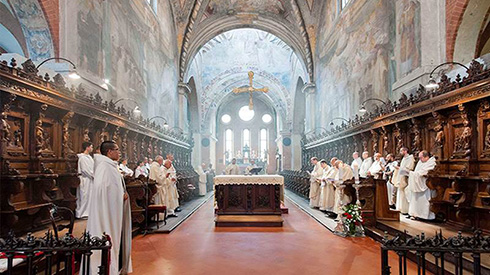
Choir of Chiaravalle Abbey
The Abbey Interior
An octagonal tholobate, supported by pendentives, is grafted on to the square dome base, while the dome itself features a striking decoration in the same colour as the light blue sky. Tearing our gaze away from the dome, we can admire the transepts. The one on the right has three chapels, the first dedicated to St. Bernard of Chiaravalle, the second to the Passion of Christ and the third to St. Benedict. Additionally, there is a sacristy near the southern transept, created in 1412 as a small chapel and subsequently enlarged and reworked from 1637 until 1708. Finally, there is the left-hand transept with chapels that date back to the 12th century, dedicated to Mary Magdalene (1582), St. Stephen and the Rosary.

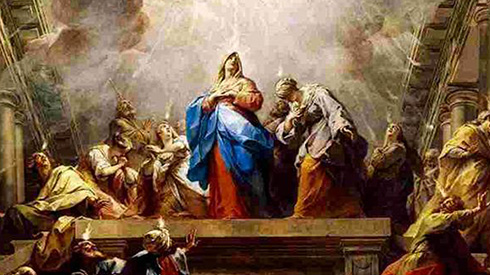
Frescoes in Chiaravalle Abbey
The art and frescoes inside the Abbey
Read more


Frescoes in Chiaravalle Abbey
The art and frescoes inside the Abbey
The transept on the right features the family tree of the Cistercian family and on the same wall are the stairs that lead to the only dormitory; above it the Madonna and Child with Angels, masterpiece of the great master of the Renaissance, Bernardino Luini (1512). In the transept on the right we can also admire the Apparition of the Virgin to St. Bernard, the Erection of Cîteaux Abbey, St. Bernard and Angels playing musical instruments and David placating the wrath of Saul. The transept on the left features the following frescoes: Bernard of Poblet killed by a Muslim from Spain whose sister he had converted, St. Thomas Becket, archbishop of Canterbury, assassinated in the cathedral by King Henry II of England’s soldiers, the Coronation of the Virgin, two Cistercian nuns presenting blessed souls to St. Bernard, the Martyr of Cistercian nuns in Poland and the Martyr of the abbot Casimiro and of the monks of Olivia in Prussia.

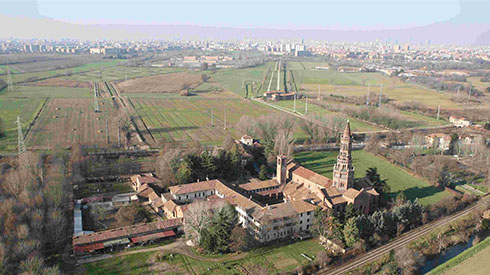
Draining the marsh
Today Chiaravalle Abbey stands in the South Milan Agricultural Reserve just outside Porta Romana (the Roman Gate), near the Vettabbia, a waterway that dates back to the time of the Roman reign.
Read more

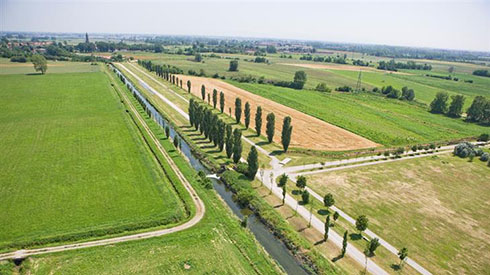
Cultivation of the land
Read more

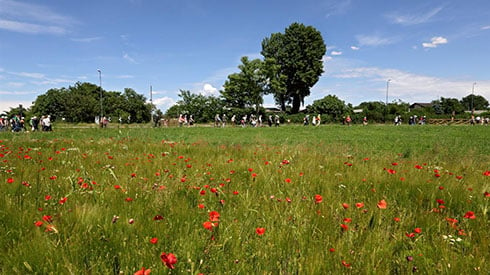
History of the production in Chiaravalle Abbey: the beginning
Historically, this is a very interesting fact, as in the Medieval age, man was conditioned by the climate and the environment in which they lived and could only follow the natural rhythms and laws of biology. Regarding agriculture and farming, this meant bowing to the dictates of the seasons and accepting the food that nature offered each month.
Storage techniques were still very primitive and limited to simple procedures (drying in the sun or salting): milk had to be consumed the same day as it was milked, and the cheeses did not last much longer.
Read more

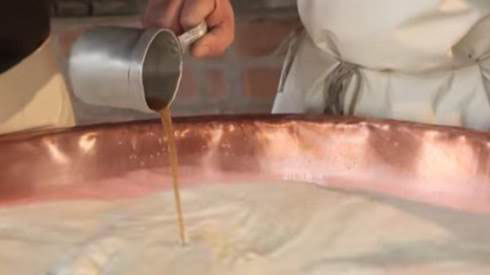
History of the production: from the early 20th century to today
Read more
